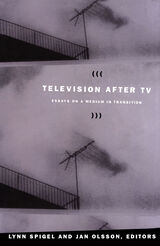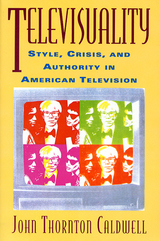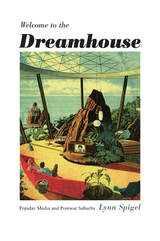Televisuality: Style, Crisis, and Authority in American Television
Rutgers University Press, 2020
Paper: 978-1-9788-1603-9 | eISBN: 978-1-9788-1624-4 | Cloth: 978-1-9788-1621-3
Library of Congress Classification PN1992.6.C22 2020
Dewey Decimal Classification 302.2345
Paper: 978-1-9788-1603-9 | eISBN: 978-1-9788-1624-4 | Cloth: 978-1-9788-1621-3
Library of Congress Classification PN1992.6.C22 2020
Dewey Decimal Classification 302.2345
ABOUT THIS BOOK | AUTHOR BIOGRAPHY | REVIEWS | TOC
ABOUT THIS BOOK
Although the "decline" of network television in the face of cable programming was an institutional crisis of television history, John Caldwell's classic volume Televisuality reveals that this decline spawned a flurry of new production initiatives to reassert network authority. Television in the 1980s hyped an extensive array of exhibitionist practices to raise the prime-time marquee above the multi-channel flow. Televisuality demonstrates the cultural logic of stylistic exhibitionism in everything from prestige series (Northern Exposure) and "loss-leader" event-status programming (War and Remembrance) to lower "trash" and "tabloid" forms (Pee-Wee's Playhouse and reality TV). Caldwell shows how "import-auteurs" like Oliver Stone and David Lynch were stylized for prime time as videographics packaged and tamed crisis news coverage. By drawing on production experience and critical and cultural analysis, and by tying technologies to aesthetics and ideology, Televisuality is a powerful call for desegregation of theory and practice in media scholarship and an end to the willful blindness of "high theory."
See other books on: Authority | Crisis | Critical Theory | Style | Television broadcasting
See other titles from Rutgers University Press




























